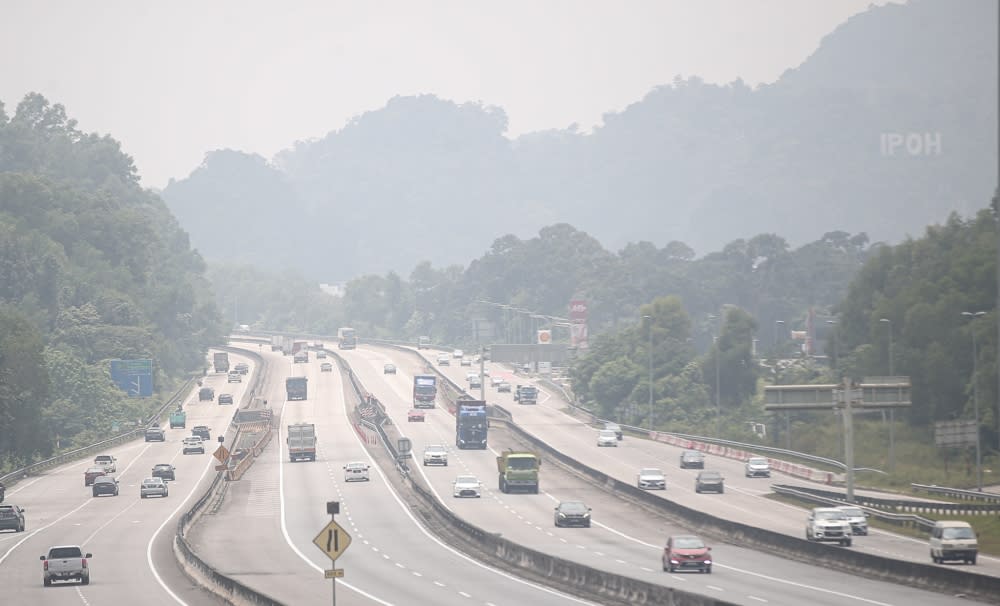Putrajaya activates measures from National Haze Action Plan as air quality worsens

KUALA LUMPUR, Oct 2 — The government and its agencies involved in haze disaster management will be enhancing prevention efforts and immediate action in light of the deteriorating air quality in the country today.
Department of Environment (DoE) director-general Datuk Wan Abdul Latiff Wan Jaafar said the measures will be implemented under the National Haze Action Plan.
He said the decision was made after the deteriorating air quality today with an increase in areas that recorded unhealthy Air Pollution Index (API) readings, especially in the west coast of Peninsular Malaysia.
“The action to deal with haze is based on the National Haze Action Plan that contains specific tasks that need to be taken by each agency based on a certain warning level set according to the air quality status, which is the reading of the API and indications to public health.
“The updating of the National Haze Action Plan is to speed up the actions that agencies need to take,” he said in a statement today.
He was commenting on the National Haze Action Plan that has since been updated in 2002, 2006, 2012 and 2013.
The latest update was made in 2018, taking into account the inclusion of the PM2.5 particulate parameter in the country’s API reading.
Wan Abdul Latiff said among the measures to be activated was the Disaster Management Committee at the district, state or central level when the API reading exceeds 150 for a period of more than 24 hours.
He said other actions will include stopping all activities outside the school’s classroom when the API reading exceeds 100.
“All schools, kindergartens and nurseries must immediately close when the API reading exceeds 200. For this purpose, schools, kindergartens, and nurseries are required to constantly monitor the API readings.
“If the reading trend shows an increase towards 200, preparations need to be implemented to close the relevant schools, kindergartens and nurseries,” he said, adding that Cloud Seeding Operations will also be carried out subject to the presence of clouds and suitable weather if there is an API reading above 150 for a period of more than 24 hours.
Wan Abdul Latiff added that DoE, together with the ministry and related agencies involved in the management of haze disasters, will act immediately and responsively on the actions as listed in the National Haze Action Plan update.
Earlier, the statement listed the API readings detected in 11 locations across the country that continued to be categorised as unhealthy as of 6pm today.
The DoE’e Air Pollutant Index Management System (APIMS) showed that Nilai has the highest reading at 161, followed closely by Cheras at 160.
Other areas in the unhealthy category are Seremban at 156 and Banting at 155. Petaling Jaya and Shah Alam both recorded 154.
Putrajaya recorded 153 and Port Dickson at 152. They are followed by Johan Setia at 144, Batu Muda at 116 and Klang at 107.
APIMS measures the API readings between 0 and 50 as good, 51 and 100 moderate, 101 to 200 unhealthy, 201 to 300 as very unhealthy and any readings of 300 and above is declared as hazardous.
Malaysia’s haze situation is due to the re-emergence of transboundary haze pollution from neighbouring Indonesia.



